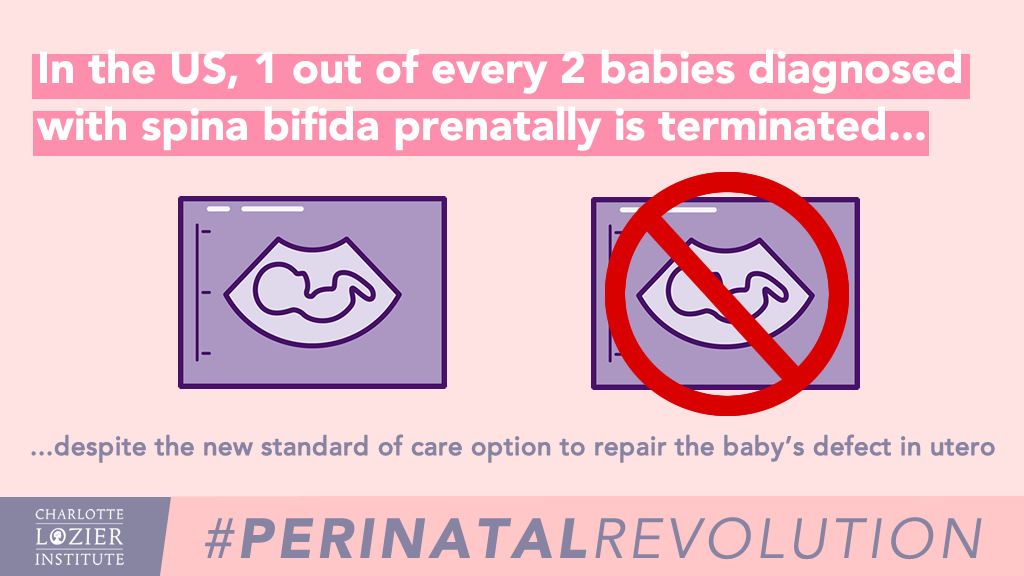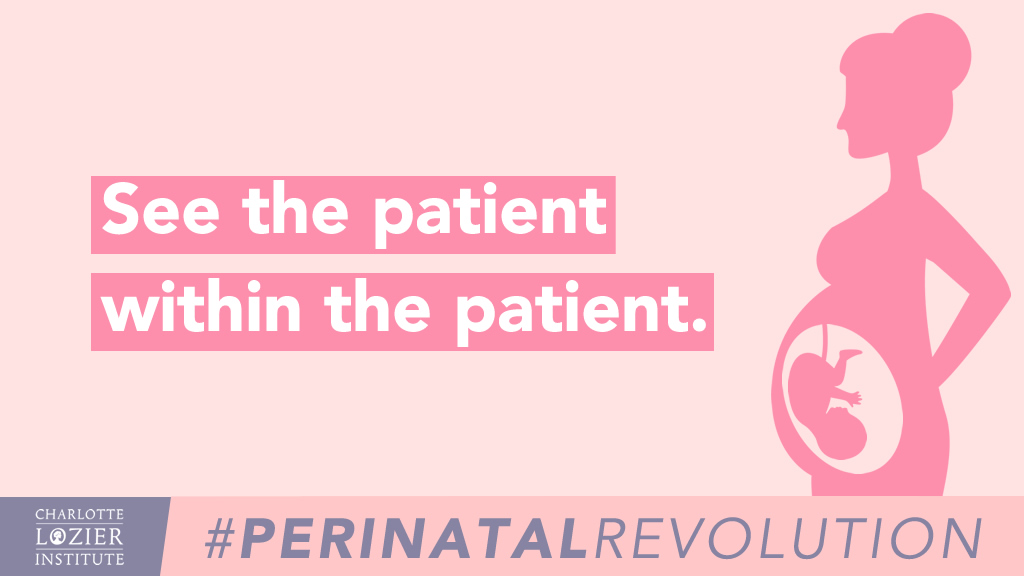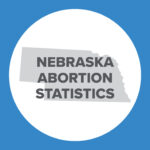Advancements in Fetal Surgery for Treating Spina Bifida

By Taryn Posch
This last month, the Cleveland Clinic issued a press release announcing its first successful in utero fetal surgery for spina bifida, a congenital condition that occurs in about 1,645 babies born each year in the United States. The baby girl was nearly 23 weeks gestation when she and her mother underwent surgery. Following the procedure, she remained in utero for another 13 weeks, and was delivered at 36.5 weeks gestation, nearly full-term.
When spina bifida occurs, the baby’s spinal cord does not develop properly, and in its most severe form, myelomeningocele (MMC), the nerves are exposed through an opening in the back. Children born with this condition are likely to develop serious neurological and physical disabilities due to continuous damage by the intrauterine environment. Surgery can be performed immediately after birth to close or cover the opening.
However, at the Cleveland Clinic, surgeons opted for a different approach– to repair damage while the baby was still in the mother’s womb. This approach, as was proven by a clinical trial completed in 2011, offers more positive outcomes for the baby including a greater chance that the child will be able to walk independently, possible prevention of hydrocephalus (fluid buildup in the brain) and reduced need for a shunt tube after birth, and hope to completely reverse hindbrain herniation.
Last February, surgeons made incisions in both the mother’s abdomen and uterus and closed the opening in the baby’s back (read more about the procedure here). After the operation, the baby was able to continue to grow and develop in the safety of the mother’s womb.
According to the Cleveland Clinic press release, the baby girl was delivered by cesarean section this summer on June 3rd. The article notes two very positive measures of success: the near full-term gestational age at birth and the reversal of hindbrain herniation, a common complication of spina bifida. This surgery is the first of its kind in northern Ohio, and these talented surgeons deserve praise for their achievement (read about a similar first surgery in Pittsburgh here). With this additional option, a mother now has an alternative form of treatment to calm the surging flood of shock and grief that overwhelms her after the prenatal diagnosis of a fetal anomaly.
While these talented surgeons pioneer medical frontiers in northern Ohio, other areas of the country have been advancing and refining medical techniques in this sphere over the last 20 years, even though this option for management of spina bifida may not be well-known. Since the first open fetal surgery to repair spina bifida was performed in 1997, over 20 medical centers across the country are now providing in utero repair for qualified mothers (view a map of most locations here). Some of these centers, such as the Fetal Care Center Dallas, have just recently added open fetal surgery to their broad range of care in 2018. Others such as Children’s Hospital of Philadelphia are well known for their extensive history and experience, having performed nearly 350 of these surgeries for spina bifida specifically, and more than 1,700 fetal surgeries overall for various conditions.
And many of these centers are working to develop their own innovative and novel techniques. For example, Johns Hopkins Center for Fetal Therapy, Mayo Clinic, Texas Children’s Hospital and Stanford University are engaged in clinical trials testing a minimally invasive fetoscopic technique that may mitigate certain maternal and fetal risks that accompany open fetal surgery. These new procedures avoid a large incision in the uterus, preventing the risk for uterine rupture in future pregnancies while adding the possibility of vaginal delivery. In addition to testing fetoscopy, Texas Children’s Hospital is also comparing the outcomes of fetoscopic repair with and without the use of a special patch to cover the opening in the baby’s spine. The patch, made of collagen, may prevent cerebrospinal fluid from leaking as well as prevent repair dehiscence (repair sutures coming apart). One of their pediatric surgeons, who assists with fetal surgery, has spina bifida herself. Though her condition was managed with postnatal surgery, her story, along with these surgical innovations, offers hope to parents facing this difficult diagnosis.
STAT News recently reported on one successful fetoscopic surgery performed at Children’s Hospital Los Angeles, the first of its kind in the United States. The baby, Abigail, was born this last May by vaginal delivery weighing 5.5 pounds. Typically, infants with spina bifida spend an extensive amount of time in intensive care and undergo surgery. Abigail spent only 2 weeks in the hospital and has thus far avoided the need for placement of a shunt or catheter—a remarkable outcome for children with spina bifida.
Though prenatal repair is not a cure for spina bifida, Abigail’s story and the stories of countless others are truly a testament to the incredible progress that has been made in the surgical field. As a result of the advances over the last 25 years, a diagnosis of spina bifida—though still daunting—is manageable. These children operated on in the womb are given a better chance to walk, run, or even water ski as a decorated athlete competing for Team USA. Children’s Hospital of Philadelphia even holds an annual “Fetal Family Reunion” for the families and children who have been cared for at their center. This summer, their 23rdannual reunion gathered over 2,500 patients and parents to reconnect them with their medical teams and other families who shared similar experiences at the center. Colorado Fetal Care Center held a similar reunion and Cincinnati Fetal Center held a reunion specifically for spina bifida patients.
In addition to management of spina bifida, fetal therapy is used to treat other congenital issues or abnormalities including congenital diaphragmatic hernia (CDH), fetal tumors, twin-twin transfusion syndrome (TTTS), and many others. A recent paper published by Drs. Colleen Malloy, Monique Chireau Wubbenhorst, and Tara Sander Lee sheds light on these new techniques for fetal diagnosis and treatment. As advances in fetal therapy rapidly progress, parents facing a difficult prenatal diagnosis may be able to offer their children life-promoting or even life-saving care. As more medical miracles are made possible by the developments in prenatal surgery, parents are given an alternative option to navigate what will be an incredibly difficult journey. They can have hope for their child, rather than fear. Parents can offer their child optimal, innovative care, and a chance at life.
Taryn Posch is a rising senior at Ave Maria University. She was CLI’s summer intern from June through August 2019.


























